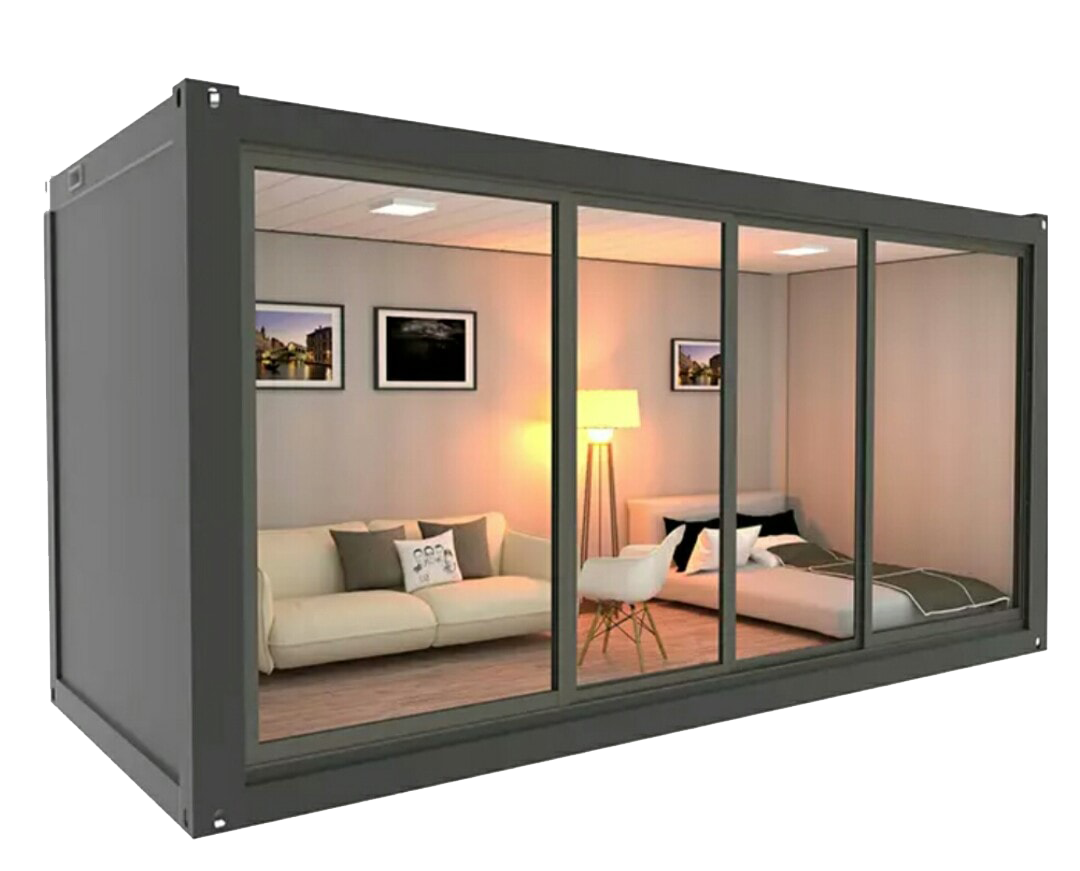The ABCs of Prefab Living: Exploring Manufactured vs. Modular Home Options
In recent years, prefabricated homes have been gaining traction as a viable housing option. It offers an innovative and efficient alternative to traditional site-built houses. Prefab homes are constructed off-site in a controlled environment before being transported and assembled on location.
Despite their rising popularity, there are still some misconceptions surrounding prefab homes. Here, you can unravel those rumors of manufactured and Modular Homes California.
Manufactured Homes: An Affordable Option
Manufactured homes, commonly called mobile homes, are built entirely in a factory and transported to the site upon completion. These homes adhere to specific federal building codes, the HUD Code, ensuring quality and safety standards. One of the primary advantages of manufactured homes is their affordability compared to traditional site-built houses. With streamlined construction processes and economies of scale, Manufactured Homes California offers significant cost savings without compromising quality.
Pros of manufactured homes include their cost-effectiveness, quicker construction times, and potential for customization. Families seeking an affordable housing solution can benefit from the affordability and efficiency of manufactured homes. However, it's essential to consider potential drawbacks, such as limitations on size and design, the possibility of depreciation over time, and transportation costs associated with relocating the home.
Modular Homes: Building Your Dream Home Piece by Piece
Modular homes, on the other hand, offer a more flexible and customizable approach to prefab living. These homes are constructed in sections or modules in a factory setting, allowing for greater precision and quality control. Once completed, the modules are transported to the site and assembled to create a fully customized home. Modular construction offers several advantages, including flexibility in design, faster completion times, and superior quality due to rigorous factory inspections.
Modern Modular Homes, particularly popular in regions like California, showcase cutting-edge design and construction techniques, allowing homeowners to easily create their dream homes. The appeal of Modular Homes California lies in their ability to combine efficiency with customization, providing homeowners with a high-quality, personalized living space. However, it's essential to consider potential drawbacks, such as higher initial costs compared to manufactured homes, permitting complexities, and limitations on site selection in certain areas.
Choosing the Right Path: Manufactured vs. Modular
When deciding between manufactured and modular homes, several key factors come into play.
Budget
Manufactured Homes are significantly less expensive than both modular and site-built homes. The prefabricated nature and standardized designs contribute to lower material and construction costs. However, remember to factor in the cost of land purchase (if buying, not renting a space) and potential transportation costs.
While typically more expensive than Manufactured Homes California, modular homes can still be cost-effective compared to traditional construction. The cost will vary based on the size, complexity of the design, and chosen materials.
Desired Level of Customization
Manufactured Homes have limited customization options. Typically, you choose from pre-designed models with minimal variations in layout or finishes.
Modular Homes offer significantly more customization compared to manufactured homes. You can choose from a wider range of pre-designed models or even work with a builder to personalize the layout, features, and finishes to your liking.
Timeline
Manufactured ones generally have faster construction and delivery times, sometimes as quick as a few weeks, depending on availability and location. They are built in a factory setting and then transported to the site for final assembly.
While offering faster construction times than traditional site-built homes. Modular homes typically take longer than manufactured homes due to the additional steps involved in foundation preparation, transportation, and on-site assembly. However, the timeline remains quicker than traditional construction projects.
Financing
Financing options for manufactured homes can be more limited than modular or site-built homes. Some lenders may not offer traditional mortgages for manufactured homes, and you may encounter higher interest rates and shorter loan terms.
Usually qualified for traditional mortgages similar to site-built homes. Modular homes offer better financing options with potentially lower interest rates and longer loan terms.
Resale Value
Generally depreciate over time, similar to cars, due to their categorization as personal property rather than real estate. It can impact resale potential.
Typically appreciated over time, like site-built homes, Modern Modular Homes are considered permanent structures affixed to a foundation and classified as real estate.
Conclusion
Manufactured and modular homes represent the future of prefabricated living, offering innovative solutions to the evolving housing market. Despite initial skepticism, prefab homes have gained widespread acceptance thanks to their affordability, efficiency, and customization options. As technology advances, you can expect even more exciting developments in the prefab housing sector, catering to diverse needs and preferences.

